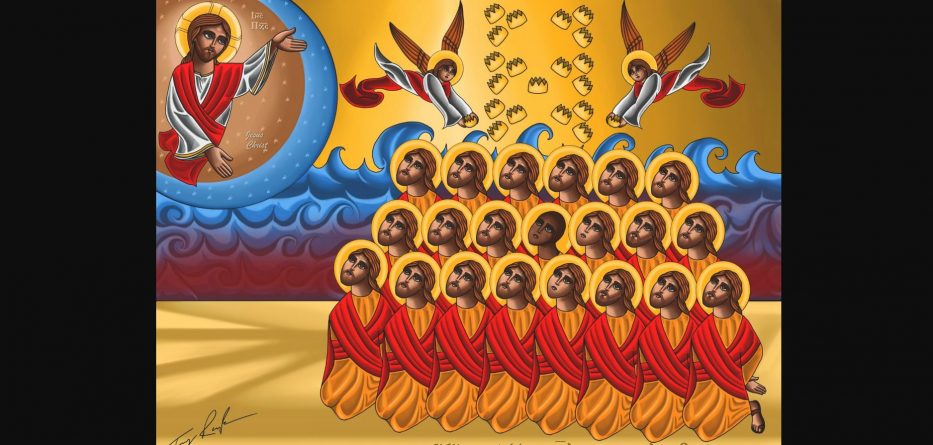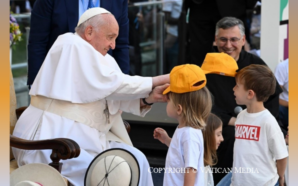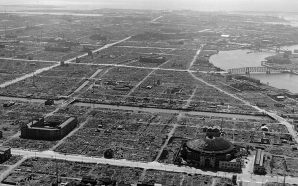In our society religion is usually seen as a private thing. We pray in churches and our rooms, don’t mention our faith in social conversation and don’t bring it into discussion of public policy. A wall is built between religion and the public world of economics, politics and business. There is also a gap between religious history and secular history: the dates that matter during the year and throughout history are non-religious. Individuals can remember and celebrate religious festivals, but schools and shops don’t close for them unless they have been secularised, as Christmas and Easter have been.
The Coptic New Year (September 11) and Rosh Hashana, the Jewish New Year (September 9-11), both celebrated in mid-September, challenge that understanding. They embody a faith that embraces the whole of life and of history. They resist the relegation of religion to the merely private world, each commemorating the history of a people and its continued distinct existence even when folded into different national societies. They also hold a dream for a better society in whose making their communities will share. These qualities are evident in the timing, the understanding and the customs of the celebration.
Both the Coptic and the Jewish New Year are celebrated at the beginning of the agricultural cycle in the Middle East. This was the time when crops were sown, a critical phase in a rural economy. The New Year celebration offered a space to stand back from the work involved in preparing and sowing the fields, and to appreciate its broader significance.
Both New Year celebrations are understood in the light of a long history in which the place and the historical circumstances of the yearly feasts are set. Secular history is taken into religious history and not vice versa. Rosh Hashana associates the New Year with the Scriptural stories of the creation of the world and gives thanks for creation. It is also set in the shadow of Yom Kippur, the feast of atonement for the sins of the people and the destruction to which they led.
The associations of the Coptic New Year are more complex. The time of sowing and the beginning of the year are linked with Jesus’ death and rising to new life. Within this framework the sowing of the seed is an image of death and burial: the seed must die for life to spring up. So the earth was watered with Christ’s blood through which life came. Against that background the Coptic New Year celebrates the death of the martyrs of the Coptic Church in the time of Diocletian as the seed of the continuing church. These deaths are the lens through which the subsequent history of the people is seen.
These understandings of the New Year are embodied in the customary foods eaten in the celebration. In Rosh Hashanah Challah is eaten: round bread to symbolise the yearly cycle. wholeness and fecundity of creation. The food specific to the feast are apples and honey that symbolise its sweetness and fecundity. For some Jewish authorities apples also recall the garden of Eden and the labour that goes into the orchard, whereas honey looks forward to the sweet blessings that God has in store for us.
The death of the martyrs is symbolised in the Coptic custom of eating red dates at New Year. They are red on the outside symbolling the blood of the martyrs, white on the inside representing their purity of spirit, and with seeds that represent the strength of their hearts.
Rosh Hashanah and the Coptic New Year integrate religious faith with society and culture in a way that is often lost in larger Christian churches. The celebrations set secular history and the contemporary social order within a larger religious story which is embodied in the ordinary human activities of eating and drinking. Religious faith provides criteria for judging a society and confidence in the struggle to make it more just.
Fr Andrew Hamilton SJ writes for Jesuit Communications and Jesuit Social Services.








